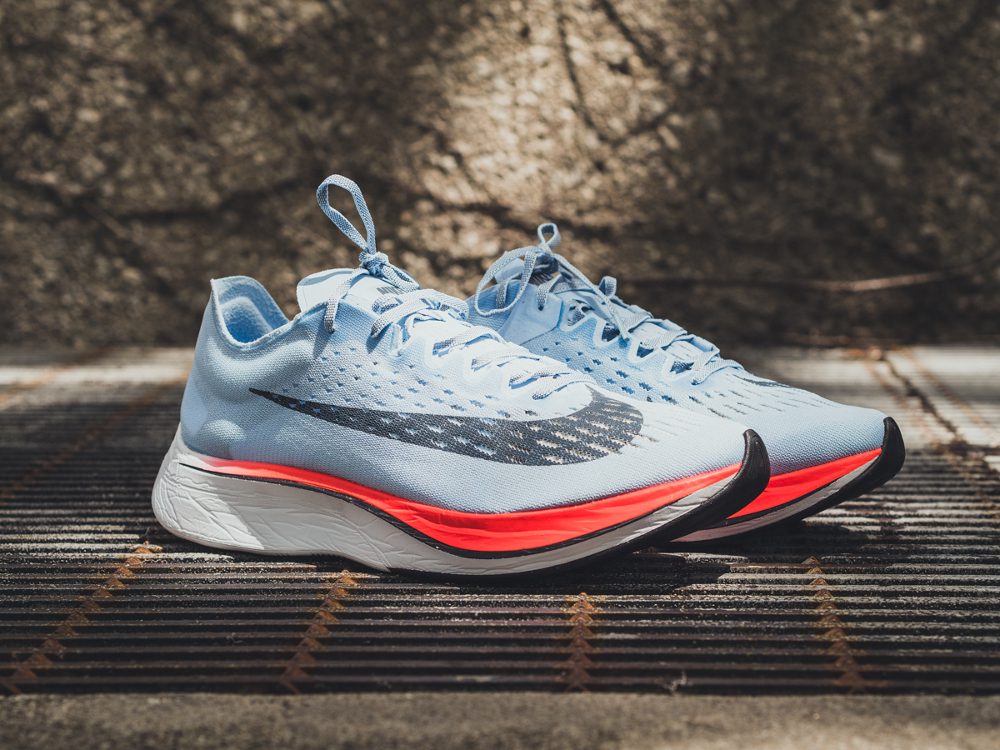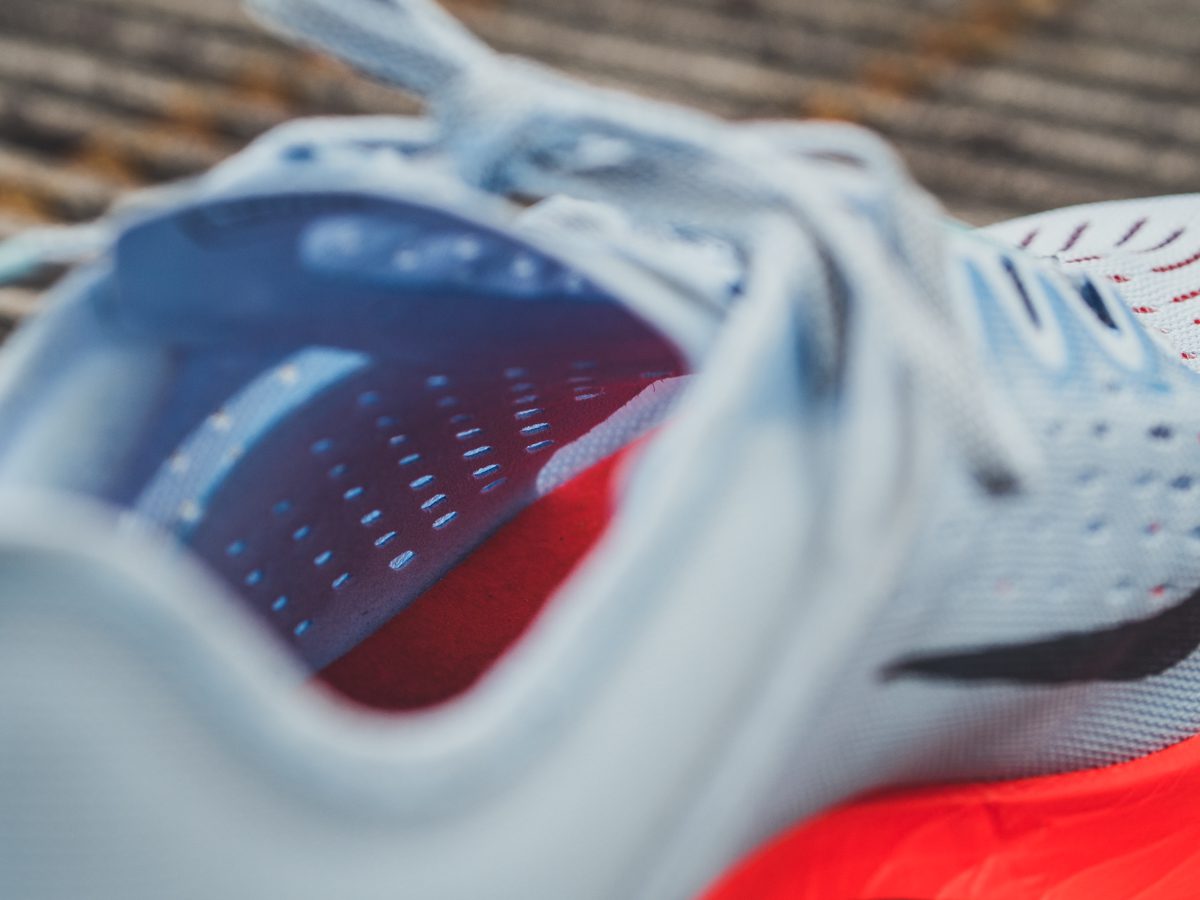Study says Nike’s Vaporfly 4% can make you a more efficient runner
"The prototype shoes lowered the energetic cost of running by 4% on average," the Nike-backed study concludes


One of the most-talked about pieces of running gear in 2017 has undoubtedly been the Nike Vaporfly 4%.
The technology used in select racing flats, which Nike claims reduces running economy by four per cent, was notably seen, in the Vaporfly Elite, during Nike’s Breaking2 attempt in Monza, Italy last May. There, three runners – Eliud Kipchoge, Zersenay Tadese and Lelisa Desisa – attempted to break two hours in the marathon under controlled conditions on a closed course. Kipchoge ran 2:00:25.
But just how much difference does the shoe make?
Sports Medicine published “A Comparison of the Energetic Cost of Running in Marathon Racing Shoes” recently with the aim of determining whether Nike’s Vaporfly 4% shoes actually improve running economy. The test, conducted by researchers at the University of Colorado in Boulder, used 18 sub-elite male runners in their 20s who have run faster than 31:00 for 10K. The tests were done prior to 4%’s release last summer.
Three shoes were used, two in comparison to the Vaporfly 4% prototype including the Nike Zoom Streak 6 and the Adidas Adizero Adios Boost 2, the shoe used to set the current men’s marathon world record (2:02:57). The runners came into the Boulder lab on three separate days to run at three varying paces, from as fast as 3:20 per K to as slow as 4:17 per K. Pellets were added to the Vaporfly 4% prototype to match the weight of the Adidas Boost.
During the test(s), each runner breathed into a device that measures oxygen consumption. Calories burned per second were then calculated. From those statistics, researchers were able to calculate energy savings, for the marathon, which were found to be between two to six per cent. The average reduction in energetic cost among the subjects was four per cent.
The Vaporfly 4% (slightly different from the Vaporfly Elite, which athletes wore during the Breaking2 attempt) features a full-length carbon fibre plate and a ZoomX midsole. The shoe costs $330.

The conclusion of the study? “The prototype shoes lowered the energetic cost of running by 4% on average. We predict that with these shoes, top athletes could run substantially faster and achieve the first sub-2-hour marathon.”
The study was funded by Nike. Alex Hutchinson in Outside Magazine, in regards to the study being Nike-funded, wrote, “these are rigorous results from a respected laboratory. There’s something going on with these shoes.”
The Vaporfly 4% has been worn in numerous major race victories in 2017 including the New York City Marathon (Shalane Flanagan and Geoffrey Kamworor), the Chicago Marathon (Galen Rupp) and Camille Herron’s Tunnel Hill 100-Miler where she broke the women’s world record by more than 63 minutes. The Boston Marathon winners (Edna Kiplagat and Geoffrey Kirui) wore the 4% too.
“Our extrapolations suggest that with these shoes the technology is in place to break the 2-hour marathon barrier,” said lead author Wouter Hoogkamer, a postdoctoral researcher in the Locomotion Lab at CU Boulder. “Now, it is up to the athletes to make it happen.”


